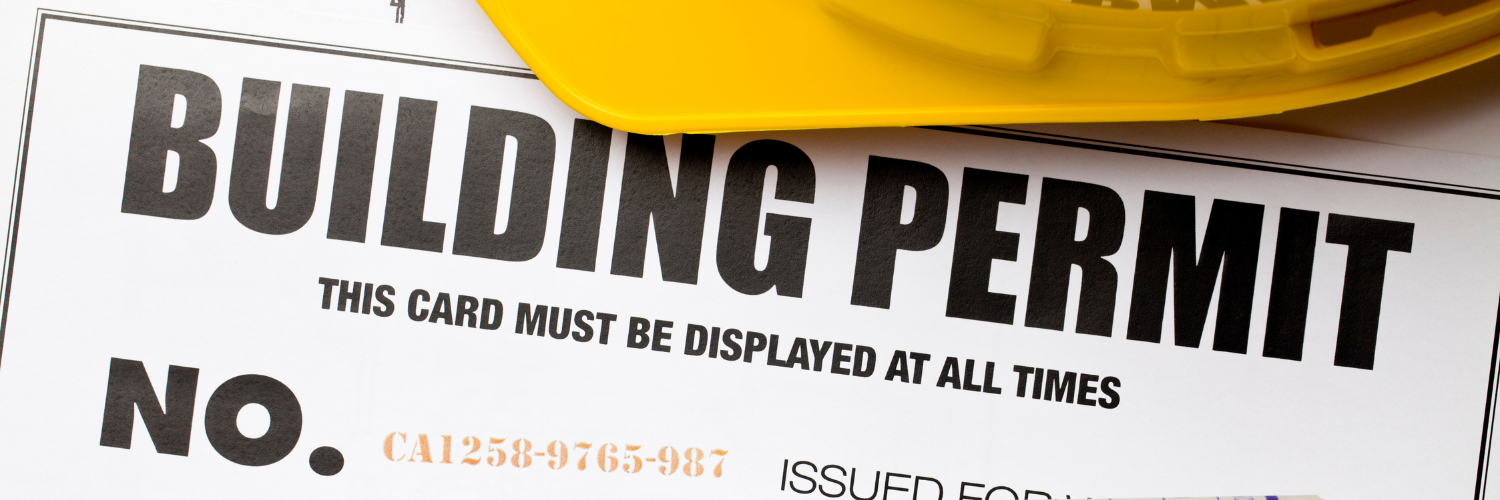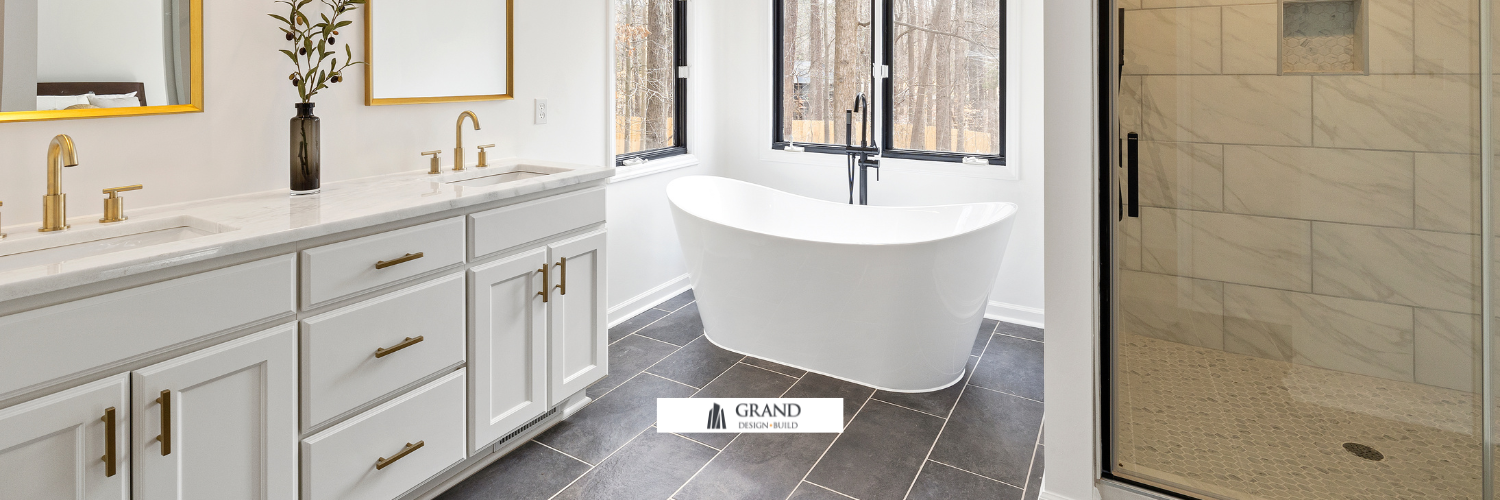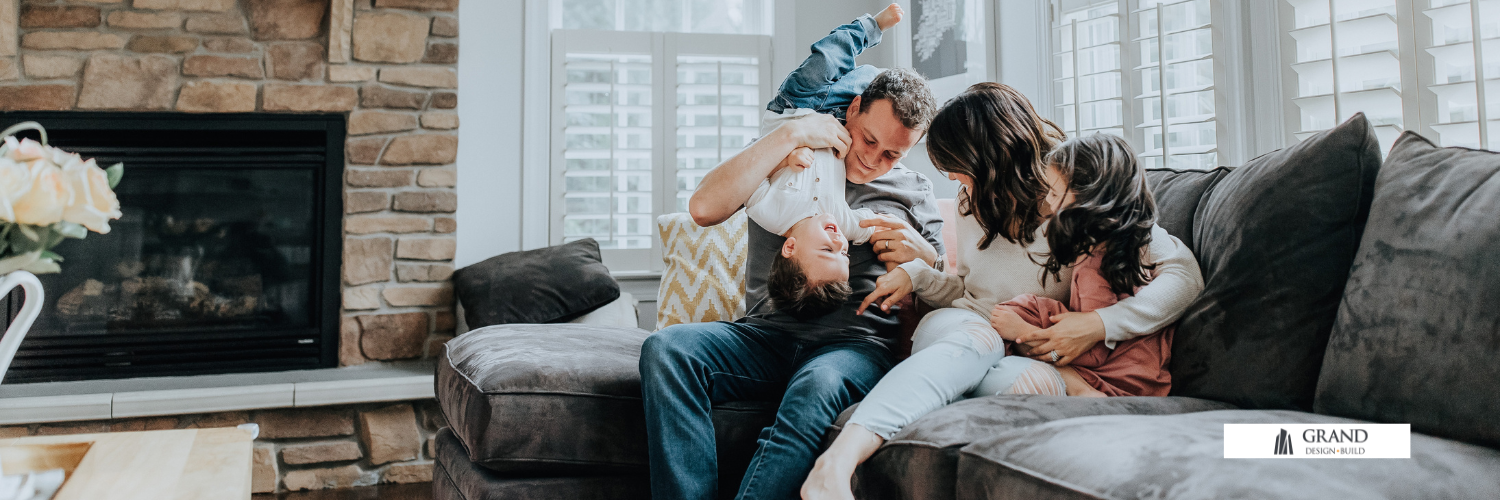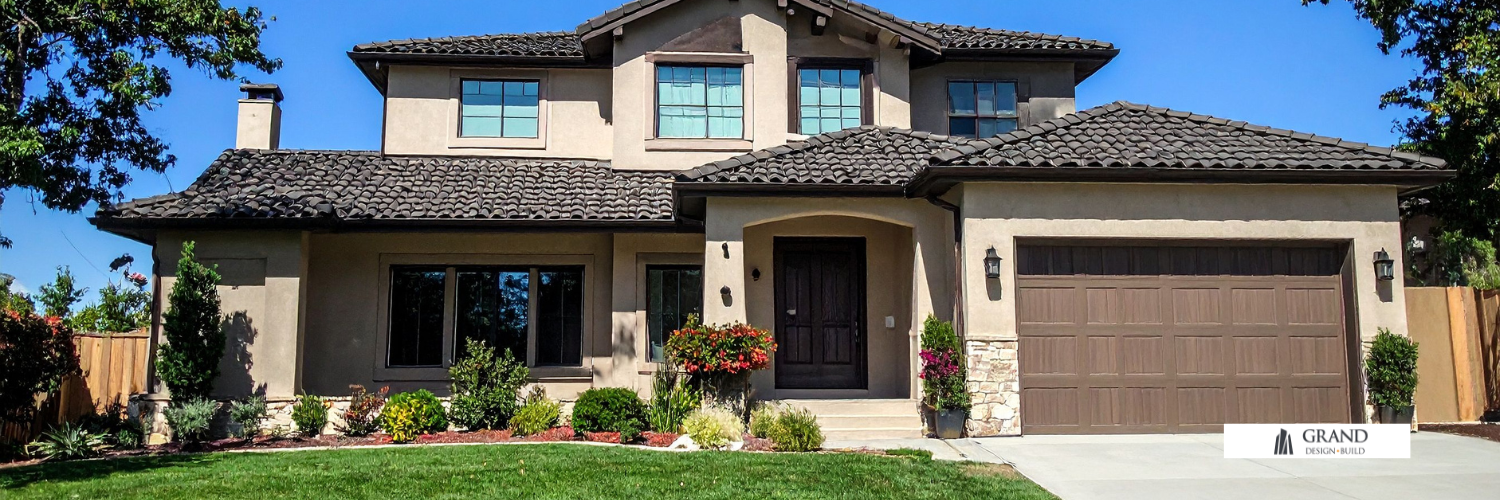Toronto homeowners are renovating more than ever—whether it’s expanding older homes, modernizing interiors, or preparing properties for multigenerational living. With rising construction demand and limited housing supply, a...
Apply for a Building Permit – Laneway and Garden Suites | Toronto
- toronto building permit process, building permit Toronto, laneway suite permit, garden suite permit
- |
- October 14, 2025

Below is a comprehensive guide to applying for a laneway suite / garden suite permit Toronto (sometimes also called an accessory or secondary dwelling unit). The specifics vary by municipality and province, so you’ll want to check local rules (e.g. your city’s zoning, building department, or planning department). I’ll illustrate many of the requirements using examples from Toronto / Ontario, which you can adapt to your own jurisdiction.
What Are Laneway Suites and Garden Suites?
-
A laneway suite (also called a laneway house) is a self-contained residential unit located on the same lot as a detached, semi-detached, or row house, typically in the rear yard adjacent to a laneway.
-
A garden suite is similar, but more generally in a backyard (not necessarily adjacent to a laneway).
-
Both count as “secondary dwelling units” or “auxiliary units” under many municipalities’ bylaws and must comply with local zoning, lot, and building code rules.
Key distinctions and overlaps:
| Feature | Laneway Suite | Garden Suite |
|---|---|---|
| Typical location | Adjacent to a laneway, rear lane boundary | Anywhere in rear yard / backyard |
| Access requirements | Must ensure emergency/fire access from the street/laneway | Must meet Ontario Building Code “principal access” and fire access rules |
| Zoning & bylaw rules | Must satisfy laneway-specific bylaw (e.g. lot line abutting laneway, setbacks) | Must follow general accessory dwelling / garden suite requirements under zoning & building code |
| Height / separation | Height limits often tighter, may require greater separation from main house | Similar constraints depending on local rules |
Why You Need a Permit (and the Legal Basis)
You must obtain a building permit before constructing a laneway or garden suite (or converting an existing structure) because:
-
The structure must comply with the Ontario Building Code (or your province’s code).
-
It must satisfy zoning by-laws (setbacks, lot coverage, permitted uses, maximum number of units, landscaping, etc.).
-
Emergency/fire access must be provided, consistent with fire department requirements.
-
Tree protection, drainage, grading, and infrastructure (water, sewer, storm, electrical) issues must be addressed.
-
Without a permit, the work could be illegal, face enforcement, fines, or require demolition.
Cities often provide pre-approved plans for laneway or garden suites to simplify the approval process. Using these pre-approved designs can expedite review. Also, in many municipalities, a “certified plan” (i.e. a design reviewed ahead of construction) is separate from a building permit; having a certified plan doesn’t substitute for the permit.
Eligibility Criteria & Key Constraints
Before spending a lot on design, check whether your property and proposed suite are eligible under local rules. Below are typical criteria and constraints (Toronto example given, but many are echoed elsewhere):
Lot & Zoning Requirements
-
The lot must abut (or have some frontage to) a public or private laneway (for a laneway suite) by at least 3.5 metres on the rear or side lot line.
-
There may be a maximum lot coverage or maximum percentage of backyard your suite can occupy (e.g. not more than 40% of backyard)
-
The suite’s height may be limited (e.g. ≤ 4 m for certain designs, or required separation distance from main house increases with height).
-
Setbacks from property lines (rear, side) and from main building must be respected. Often 1.2 m to 1.5 m is required.
-
Landscaping / open space requirements: e.g. in Toronto, for lots wider than 6 m, 85% of the area between the main house and the suite must be soft landscaping (i.e. permeable planting) (excluding permitted walkway)
-
Restrictions on number of suites: often only one secondary unit allowed per lot.
-
Tree protection: the proposed construction must not damage protected trees under municipal bylaws.
Access & Emergency / Fire Safety
-
The suite must have emergency access to a street, and the travel distance to the suite must meet fire services’ requirements.
-
A clear path (minimum width, height) from the street or laneway to entrance is usually required. e.g. 1.0 m wide or 1.2 m in some cases.
Servicing, Utilities & Infrastructure
-
The suite must tie into water, sewer, drainage, electrical, HVAC systems, and designs must show plumbing, HVAC, structural loads, etc.
-
If the lot is not on municipal sewer, a design for septic system or alternate sewage must be submitted.
-
The water supply line may need upgrading (for additional fixtures) to maintain pressure.
-
Stormwater grading and drainage must be handled (site grading, drainage plan) to avoid negative impacts on the lot or neighbours.
The Permit Application Process (Step-by-Step)
Here’s a typical workflow, based largely on Toronto’s process, which is representative of many municipalities:
Preliminary Feasibility / Research
- Review zoning maps and bylaws for your lot.
- Contact city planning or building department to confirm eligibility, constraints, and if any variances or special approvals will be needed.
- If available, explore pre-approved plans (these reduce review time). City of Toronto
Hire Professionals / Prepare Design
- Engage a designer, architect, engineer, BCIN holder (or equivalent) familiar with secondary suites
- Prepare site plan, floor plans, elevations, sections, grading and drainage plan, utility drawings, structural drawings.
- Address fire, access, tree protection, landscape, and utility integration in the design.
- Optional: use a certified / modular plan (where available).
Submit Application for Building Permit
- Submit all required forms, drawings, reports, fees via municipal building services (online or in person as allowed). In Toronto, one can submit through Toronto Building Online Services (or by email) for laneway/garden suites.
- Identify whether the design is based on a pre-approved plan (if using one).
- Also submit mechanical, plumbing, and drain permits (sometimes after building permit submission).
- The planning and building departments review for compliance with zoning, building code, site conditions, fire access, etc.
- They may request revisions or clarifications.
- You may need to satisfy conditions (e.g. tree permits, variances) before full approval
- Once satisfied, the building permit is issued (you’ll receive official permit documents).
- Permit fees, development charges (if applicable) must be paid (though some jurisdictions offer deferrals for secondary units).
- After permit issuance, inspections will be scheduled at various stages (foundation, framing, mechanical, etc.).
Construction & Inspections
- The construction is carried out under permit, and inspections happen at required stages.
- Any deviations must be re-approved.
Final Inspection & Occupancy Permit
- Once construction is complete and passes all inspections, you receive final signoff (occupancy).
- In some cases, address assignment, utility connections, and final adjustments may be required.
Common Pitfalls & Tips
-
Start with feasibility early — you want to know constraints before investing in detailed drawings.
-
Use pre-approved or modular plans where available to shorten review time.
-
Make sure emergency access is clearly shown and meets fire department standards.
-
Allow sufficient separation / setbacks, especially if your suite is taller.
-
Be mindful of landscaping / softscape requirements — many cities require most of the ground between buildings to remain permeable.
-
Don’t forget tree protection and municipal tree bylaws.
-
In jurisdictions like Toronto, you may be able to defer development charges under specific programs for rear-lot secondary units.
-
Keep close track of review comments and respond promptly.
-
Plan for utility upgrades — water, sewer, electrical — which can be costly if the property’s existing infrastructure is insufficient.
-
Engage professionals (architects, engineers) familiar with accessory suites to avoid rework.
Example: Toronto / Ontario Highlights
-
In Toronto, new laneway suites must satisfy Fire Department access and travel distance requirements.
-
The city offers Development Charges (DC) Deferral for eligible ancillary secondary d
-
In February 2022, Toronto City Council approved a bylaw allowing garden suites in backyards under defined rules.
-
For garden suites, principal access and fire access must comply with Ontario Building Code, and tree protection considerations apply.
-
For laneway suites in Toronto, zoning rules require a lot line abutting a laneway of at least 3.5 m.
-
Landscaping: for wider lots (> 6 m frontage), 85% of space between main house and the suite must be soft landscaping (excluding permitted walkway).
-
For building height vs separation: Toronto is accepting a 4 m separation for suites up to 4 m in height under certain rules.
Summary & Takeaways
Applying for a laneway or garden suite permit is a multi-step process involving:
-
verifying eligibility (zoning, lot, bylaw constraints)
-
preparing architectural, structural, utility, and site drawings
-
submitting a building permit application
-
responding to review comments and satisfying conditions
-
undergoing inspections during construction
-
securing final occupancy approval
Because the rules are complex, and each municipality has its own nuances, it’s wise to:
-
Reach out to your local building/ planning department early.
-
Hire professionals experienced in accessory suites. (You can reach out to www.granddesignbuild.com)
-
Use any pre-approved plan programs available.
-
Budget time and cost for utility upgrades, tree protection, landscaping, and revision cycles.
From the blog
Lorem ipsum dolor sit amet consectetur, adipisicing elit. Ipsa libero labore natus atque, ducimus sed.

Home Renovation, Home Renovation Ideas, Home Renovation Contractors, Toronto Renovations, Home Improvement, bathroom renovation contractors, bathroom renovation in Toronto, home renovation Toronto, home addition Toronto, toronto home addition
Home Renovation Toronto | Full-Service Renovation & Design Experts

Canada housing crisis 2025, Building home
Custom Home Costs in Canada 2025: Prices May Drop by 2026
Building a custom home has long been considered the ultimate milestone for Canadian homeowners. But in 2025, the question isn’t just what to build — it’s whether it makes financial sense in today’s volatile construction...

